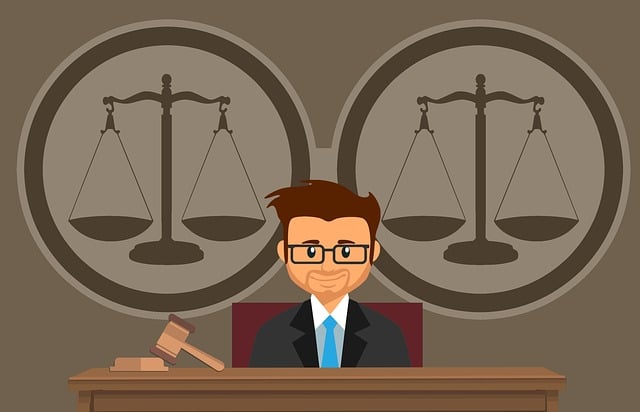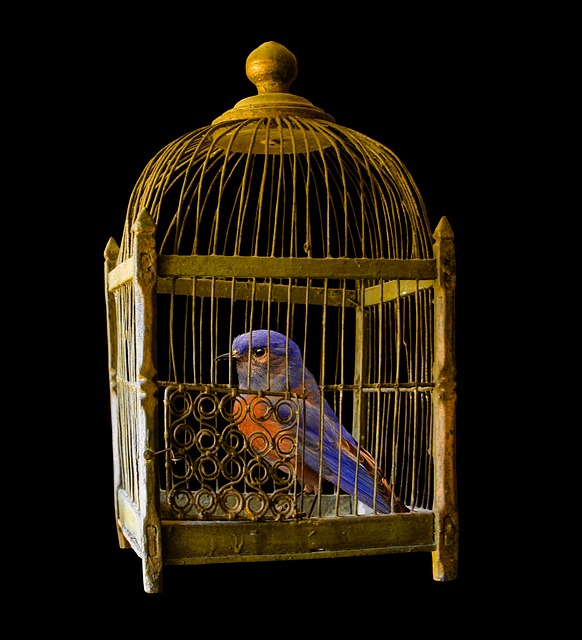Millennials, born 1981-1996, dominate ride-sharing driver demographics due to their safety-focused mindset. Millennial DUI Awareness Campaigns have raised awareness about impaired driving dangers, leading to increased accountability among young drivers professionally and personally. These campaigns emphasize education, accountability, and effective communication through technology, aiming to reduce millennial DUI incidents and enhance ride-sharing safety. Integrated digital systems with GPS tracking and data analytics further deter risky behaviors and verify driver safety in real-time.
In today’s digital age, ride-sharing services have become a cornerstone of urban mobility. However, ensuring driver accountability is paramount, especially with concerns around Millennial driving trends and DUI incidents. This article explores critical aspects of ride-sharing safety, focusing on understanding the unique driving behaviors of Millennials and the significant impact of DUI among this demographic. We discuss effective communication strategies for enhancing driver safety and delve into the role of technology in holding drivers accountable through innovative solutions and Millennial DUI awareness campaigns.
- Understanding Millennial Driving Trends
- The Impact of DUI on Younger Drivers
- Effective Communication for Driver Safety
- Technology's Role in Holding Drivers Accountable
Understanding Millennial Driving Trends

Millennials, born between 1981 and 1996, represent a significant portion of today’s ride-sharing drivers. Understanding their driving trends is crucial for ensuring accountability within the industry. This generation tends to prioritize safety over personal risks, which is reflected in their adoption of tech-driven solutions like ride-sharing services. They are more likely to adhere to traffic rules and regulations, reducing the incidence of behaviors that contribute to accidents, including impaired driving.
Millennial DUI Awareness Campaigns have played a pivotal role in shaping this trend. These campaigns, designed to educate young drivers about the dangers of alcohol and drug-impaired driving, have resonated with Millennials, leading to increased awareness and responsible behavior. As ride-sharing drivers, Millennials bring this mindset into their professional lives, ensuring safer trips for all passengers. This commitment to safety is a key factor in maintaining high standards of accountability within the ride-sharing community.
The Impact of DUI on Younger Drivers

Drunk driving, a significant issue across all age groups, poses particularly heightened risks for younger drivers, often referred to as millennials. This demographic’s inexperience and tendency to engage in risky behaviors can exacerbate the dangers associated with operating a vehicle under the influence of alcohol or drugs. Millennial DUI (drunk driving under influence) incidents have far-reaching consequences, not only for the individuals involved but also for society at large.
Avoiding millennial DUI cases requires increased awareness and education through targeted campaigns. These initiatives can help young drivers understand the severity of their actions and the potential long-term effects on their lives and others’. With proper guidance and a focus on accountability, millennials can become more responsible drivers, reducing the impact of DUI-related incidents on their communities.
Effective Communication for Driver Safety

Effective communication plays a pivotal role in ensuring the safety of both passengers and drivers in the ride-sharing industry. With a significant portion of ride-sharing drivers being millennials, who are known for their digital nativity, utilizing technology can enhance driver accountability. Apps and platforms that enable real-time tracking, secure messaging, and instant reporting of incidents can empower drivers to make informed decisions and respond swiftly to potential hazards.
Millennial DUI awareness campaigns, for instance, can be tailored to integrate these communication tools, educating young drivers on the importance of clear and timely communication while behind the wheel. By fostering an environment of open dialogue and quick response, ride-sharing companies can create a safer experience for everyone involved, reducing the risk of accidents and promoting accountability.
Technology's Role in Holding Drivers Accountable

Technology plays a pivotal role in enhancing accountability among ride-sharing drivers, especially with the increasing concern over Millennial DUI (Drunk Driving Under Influence) awareness campaigns. Advanced digital systems integrated into ride-sharing platforms offer real-time tracking and monitoring capabilities, ensuring driver responsibility during each journey. GPS devices, for instance, can record trip details, allowing companies to verify pick-up and drop-off locations, travel routes, and duration, thus deterring drivers from engaging in risky behaviors like drinking and driving.
Moreover, these platforms utilize data analytics to identify unusual patterns or deviations from standard operating procedures. Machine learning algorithms can detect irregular behavior, such as frequent speeding or sudden stops, triggering alerts that prompt immediate action. This technology not only holds drivers accountable but also educates them about safe driving practices, ultimately contributing to a safer riding experience for passengers and reducing the risk of Millennial DUI incidents.
Millennials, as a driving force behind ride-sharing services, present unique challenges and opportunities for driver accountability. By understanding their distinct driving trends, addressing the severe impacts of DUI on this demographic, and implementing effective communication strategies, we can enhance safety. Technological advancements play a pivotal role in holding drivers responsible and fostering a culture of awareness among Millennials. Integrating these solutions is crucial to ensuring a safer ride-sharing environment for all users. Effective Millennial DUI Awareness Campaigns are essential to navigate this evolving landscape.






